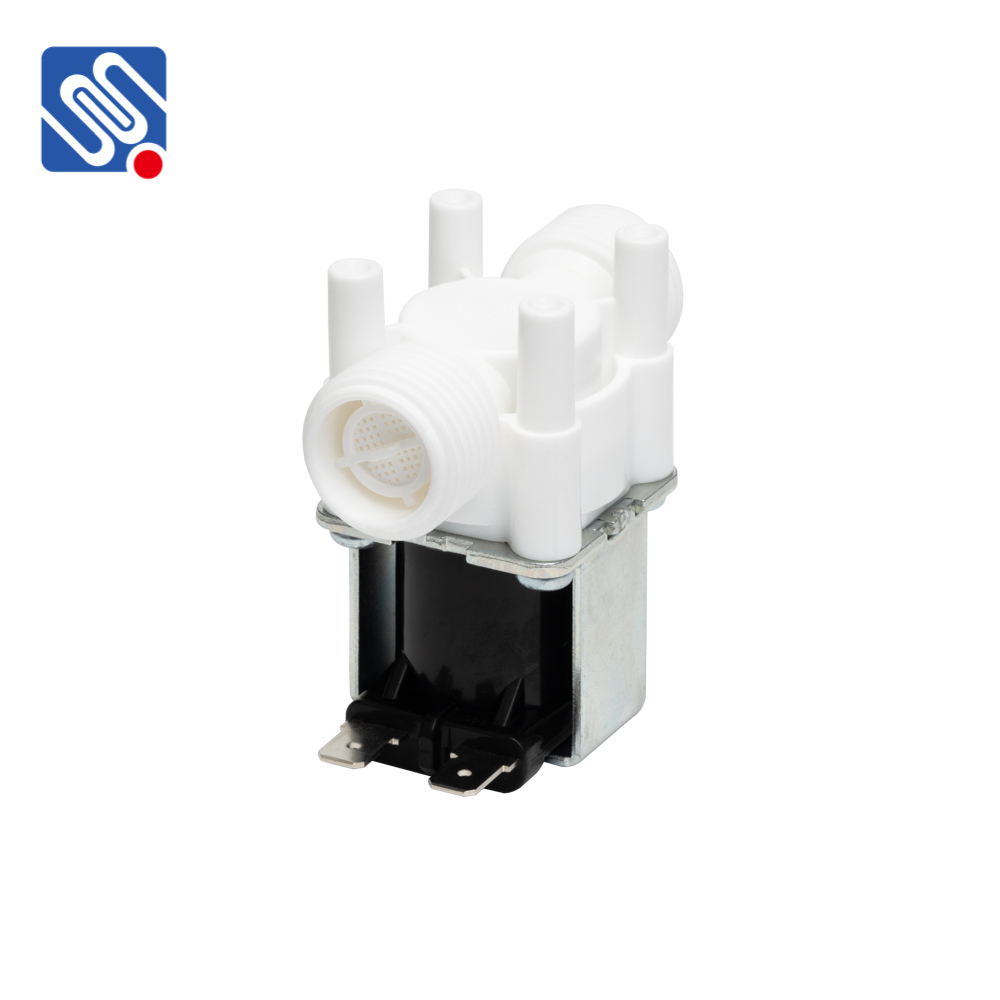understanding the building water supply solenoid valve: key components and applications
Release time:2025-08-20 07:38:46
The Building Water Supply Solenoid Valve is a critical component in modern water management systems, offering precise control over the flow of water within buildings. These valves operate through electromagnetic principles, allowing for automation and efficiency in both residential and commercial water supply systems. This article will explore the fundamental aspects of Building Water Supply Solenoid Valves, their working principles, key applications, and benefits.

What is a Building Water Supply Solenoid Valve?
A Building Water Supply Solenoid Valve is an electromechanical valve that controls water flow through pipes. Unlike traditional valves that require manual operation, solenoid valves are electrically controlled, offering automated operation. The key feature of solenoid valves is their ability to switch water flow on or off based on an electrical signal, which makes them an essential part of automated systems in various sectors, including residential, commercial, and industrial water supply.
Working Principle of a Solenoid Valve
The solenoid valve operates based on the principle of electromagnetism. It consists of a coil of wire, which, when energized by electricity, generates a magnetic field. This magnetic field causes a plunger or armature to move, opening or closing the valve. When the valve is open, water can flow freely through the pipe, and when it is closed, the water flow is shut off.

